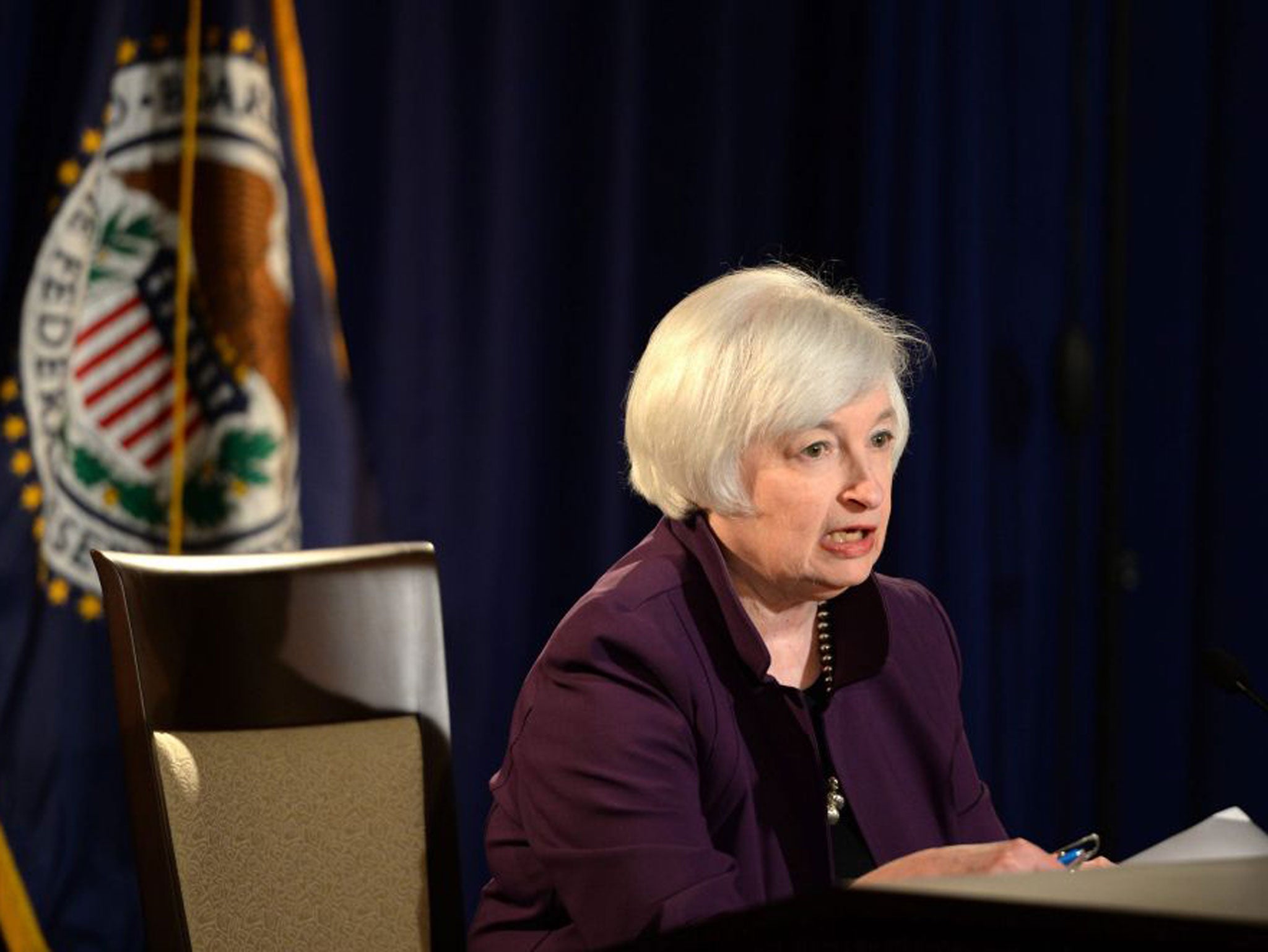US Fed leaves interest rates at record low
Central bank expected to raise cost of borrowing later this year

The Federal Reserve concluded its two-day policy meeting yesterday by resisting the temptation to raise US interest rates, a decision that was no surprise to the markets.
A mixed bag of economic indicators plus a recent revision of first quarter growth rate to below zero effectively negated the chances of the Fed raising the cost of borrowing for the first time since June 2006.
An increase in rates this year remains highly likely - with four meetings remaining in 2015 there may even be two rates hikes in the pipeline. The Fed once again noted that inflation remains below its 2 per cent target rate, while unemployment remains marginally higher, 5.5 per cent, than the Fed’s 5.2 per cent full employment target. The Fed is now looking for 2.4-2.7 per cent growth in 2016.
The Fed hinted late last year that it would look to “normalize” short-term rates this month rates this summer, an outcome that has looked increasingly unlikely with almost every piece of economic data released since then. Yet again, the decision to keep rates unchanged was unanimous, with all ten central bankers voting to keep rates at their current level.
Most observers – including IMF Chief Executive Christine Lagarde – had urged the Fed to keep rates unchanged due to the US economy failing to fire on all cylinders. The majority of economists polled by The Wall Street Journal now expect a rate rise in September.
Bill Waite, Managing Director of New York-based economics consultancy Semnia, said “The Fed is watching the labour market very closely, while GDP growth remains below long term averages and has been pretty anemic anyway. There are two things going on here – one is the actual benchmark rate, the other is what they are doing in terms of quantitative easing. This should help maintain stable financial conditions ahead of the anticipated rises later this year.”
Subscribe to Independent Premium to bookmark this article
Want to bookmark your favourite articles and stories to read or reference later? Start your Independent Premium subscription today.

Join our commenting forum
Join thought-provoking conversations, follow other Independent readers and see their replies